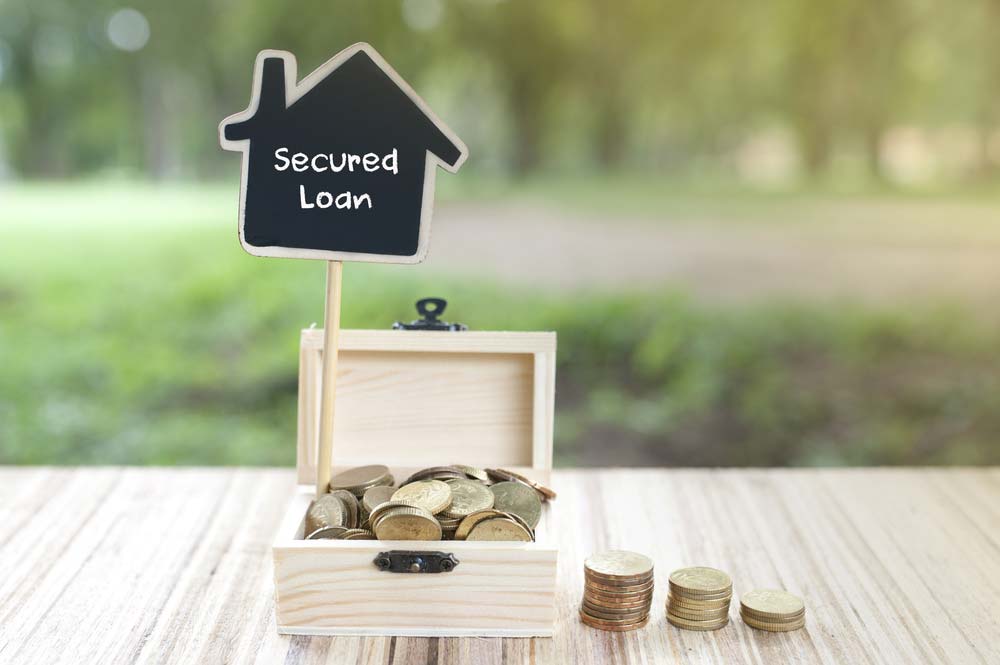Table of Content
You can spend your money on necessary items, but frivolities are hard to come by, and if you want to finance a purchase, you need court permission. Filers who fail to complete the plan may have their bankruptcy dismissed. They probably still owe their creditors and will have to wait at least 4 years from the dismissal date before they can apply for conventional financing. You should include details about the circumstances that led you to file and how your financial situation has changed.
Max Fay has been writing about personal finance for Debt.org for the past five years. His expertise is in student loans, credit cards and mortgages. Max inherited a genetic predisposition to being tight with his money and free with financial advice. He was published in every major newspaper in Florida while working his way through Florida State University.
Conventional loans require a longer wait
Fannie Mae and Freddie Mac underwrite private loans and some government-insured loans. For this reason, Fannie Mae and Freddie Mac have their own minimum requirements for making loans. The private lenders that sell these loans to Fannie Mae or Freddie Mac may have more stringent requirements.

Schedule a free consultation with our North Carolina bankruptcy law firm today to discuss whether Chapter 13 might be an option for you. You will not receive money from the sale of your home at the time of closing. The proceeds of the sale will be forwarded to the bankruptcy trustee administering your case.
How the Process Works
Here are some resources to help you secure funding after filing for bankruptcy. Peer-to-peer loans, P2P for short, are an excellent way to secure funding without having to go through a traditional financial institution. Since individuals fund your loan, you have a better chance of finding someone willing to overlook your bankruptcy history. You may even be able to negotiate your interest rate and collateral requirements. Bankruptcies are common and don’t affect a person’s ability to apply for a mortgage. Lenders will also confirm that the bankruptcy gets officially discharged by court order and that no new debts got added to the filing.
Extenuating circumstances, including high medical bills, divorce, and job loss might shorten the waiting period. Since a Chapter 13 repayment plan is overseen by the trustee and the bankruptcy court, you must get court approval before you can take out a new loan, including a mortgage. The bankruptcy court will only approve a request to take out a new mortgage if it makes financial sense for you. If you have enough income to fund your Chapter 13 bankruptcy plan, this might make Chapter 13 a better option if you also want to purchase a home as soon as you can.
At&t Bankruptcy Department
With Chapter 7 bankruptcy filing, judges often don’t discharge second mortgages. That means the filer is still responsible for repayment and lenders can begin foreclosure proceedings to recoup losses. Chapter 13 bankruptcy filings offer lien stripping, which removes junior liens on the property. Since primary mortgages take priority, debt from your second mortgage may possibly be discharged — after completion of a repayment plan — removing the second mortgage lien. If approved, lien stripping could be beneficial for homes that are underwater.
HUD requires borrowers to wait at least 12 months from the beginning of the chapter 13 bankruptcy pay-out period before qualifying for a mortgage. HUD also requires borrowers to get written permission from the bankruptcy court to get a mortgage. You will also have to wait until your credit score has recovered enough for you to qualify for a mortgage. From there, you make payments on your account and pay off your debt each month.
As we have shown, some have waiting periods, and some of those waiting periods are longer than others. If you meet that waiting period and believe you qualify, you can apply for any loan. The first step in qualifying for a home loan after bankruptcy is to have the bankruptcy judge discharge your case. Then comes the patience test, and the timeframe is determined by the type of bankruptcy you have and the type of loan you desire. If your credit isn’t good enough to qualify for other types of loans, a secured loan might be just the thing you need. Secured loans alleviate some of the risks of lending by putting up your possessions as collateral.

You’ll need to provide information such as the home price, amount of down payment, source of the payment, and what your monthly payment will be. The amount of time that you have to wait until your bankruptcy is discharged will depend on which type of bankruptcy you are filing and the type of loan you have. Government-backed mortgage loans can be a little more flexible.
Performance information may have changed since the time of publication. FHA. Under FHA guidelines, an extenuating circumstance is an “economic event” that reduced your household income by 20% or more for at least six months. Discharge in a chapter 7 bankruptcy usually occurs about four months after filing. Based on the information you have provided, you are eligible to continue your home loan process online with Rocket Mortgage.
But that doesn’t necessarily have to stop you from moving forward with your plans. When you file for Chapter 13 bankruptcy, your home becomes part of the bankruptcy estate. Nonetheless, you can still retain your property and live there. Here’s a look at buying a house while in Chapter 13 and how the process works. Sometimes your lender may need to reach out to you to inquire about credit reports.

No comments:
Post a Comment